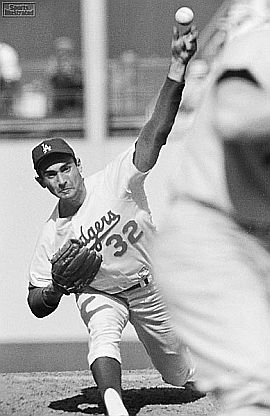 |
| General William T. Sherman helped the Union capture Atlanta |
I Have A Dream" post on August 28! However, time has moved on and that was all history, so I digress and will explain the events on this day, August 31st, in history!
Georgia was an important state in the American Civil War. It was a large slave state, but also where General Sherman's March to the Sea, a large advancement for the Union in the war's final months, took place. We can back up a few months before Sherman's March to this day in 1864, where the decisive Battle of Jonesboro begins. Union General William T. Sherman launches this attack that would eventually lead to the capture of Atlanta, Georgia for the Union, forcing Confederate soldiers to flee the area. It did not only influence the battles of the south, but also secured Abraham Lincoln's reelection in the fall of 1864.
 |
| Charles Kayser of the Edison lab pictured with a Kinetograph |
 |
| Sandy Koufaxin his historic 18-strikeout performance |
To the end the day off with some classical, historical baseball, we must draw our attention to Sandy Koufax's dominating performance against the San Francisco Giants on this day in 1959. With his dominating performance, Koufax lead the Brooklyn Dodgers in a 5-2 win over the San Francisco Giants at Los Angeles Memorial Coliseum. With 60,194 in attendance, Koufax allowed 2 earned runs on 7 hits in 9 innings while striking out 18, setting the National League record at that time for must strikeouts in a game. Among the 18 strikeouts, the Giants 3-4-5 hitters Willie McCovey, Willie Mays, and Orlando Cepeda, all future Hall of Famers, struck out 6 times. Koufax himself also struck out 2 times in his 3 at bats of the day.
No comments:
Post a Comment